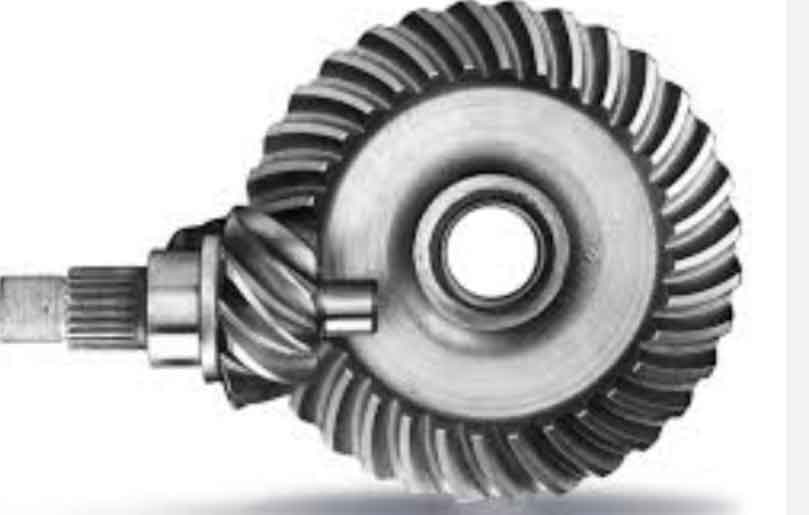Hypoid gears play a vital role in rear differentials, a critical component of a vehicle’s drivetrain. They are specifically used in rear differentials due to their unique design and characteristics, enabling smooth and efficient vehicle performance. Here’s how hypoid gears contribute to achieving this:

1. Compact Design:
Hypoid gears have a compact design that allows for a more streamlined and efficient rear differential housing. This compactness helps save space and reduce weight, which is essential for optimizing a vehicle’s overall performance.
2. Torque Transmission:
Rear differentials are responsible for distributing torque from the vehicle’s engine to the rear wheels while accommodating differences in rotational speed between the left and right wheels during cornering. Hypoid gears handle torque transmission with ease, ensuring smooth power delivery to the wheels.
3. Offset Shaft Alignment:
Hypoid gears feature an offset arrangement, where the axes of the pinion gear and ring gear are not intersecting. This offset alignment enables the rear differential to be mounted lower in the vehicle’s chassis, contributing to a lower center of gravity and improved stability during cornering.
4. Quiet and Efficient Operation:
As mentioned earlier, hypoid gears’ unique tooth profile and gear geometry contribute to reduced noise and vibration during operation. This is particularly advantageous in rear differentials, as it enhances the overall driving experience by providing a quieter and more comfortable ride.
5. High Torque Capacity:
Rear differentials in modern vehicles need to handle high torque loads, especially in performance and off-road vehicles. Hypoid gears are well-suited for these high-torque applications due to their robust construction and load-bearing capabilities.
6. Increased Durability:
Hypoid gears are designed to handle significant stress and load variations, making them durable and reliable for long-term use in rear differentials.
7. Improved Traction:
In vehicles with all-wheel-drive or four-wheel-drive systems, the rear differential equipped with hypoid gears helps improve traction by intelligently distributing torque between the front and rear wheels based on road conditions.
8. Maintenance-Friendly:
Hypoid gears are designed to be relatively low-maintenance, reducing the need for frequent adjustments or replacements.
The use of hypoid gears in rear differentials ensures smooth vehicle performance, optimal power distribution, and reduced noise levels during operation. These benefits make them a popular choice in modern automotive design, contributing to enhanced driving dynamics, improved fuel efficiency, and better handling on various road surfaces.
